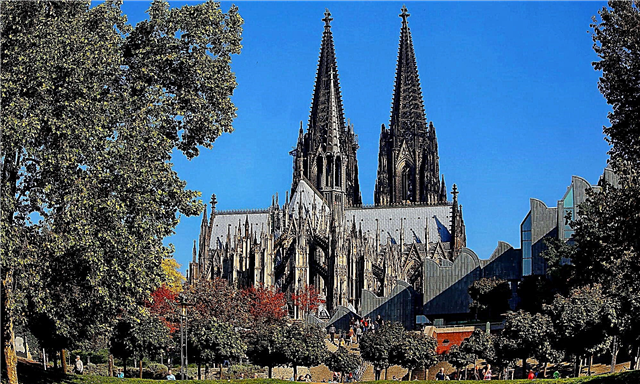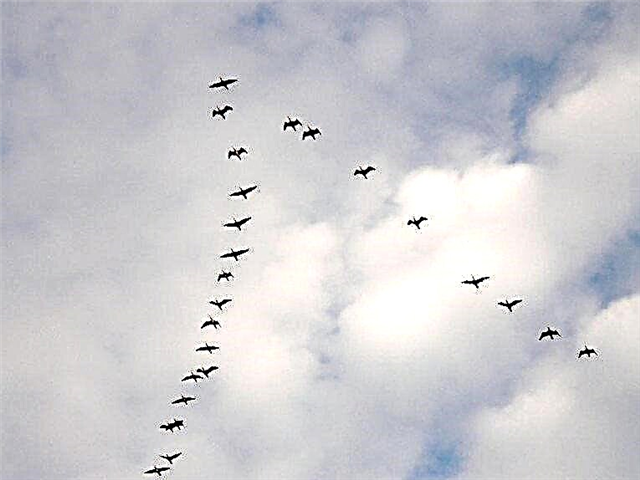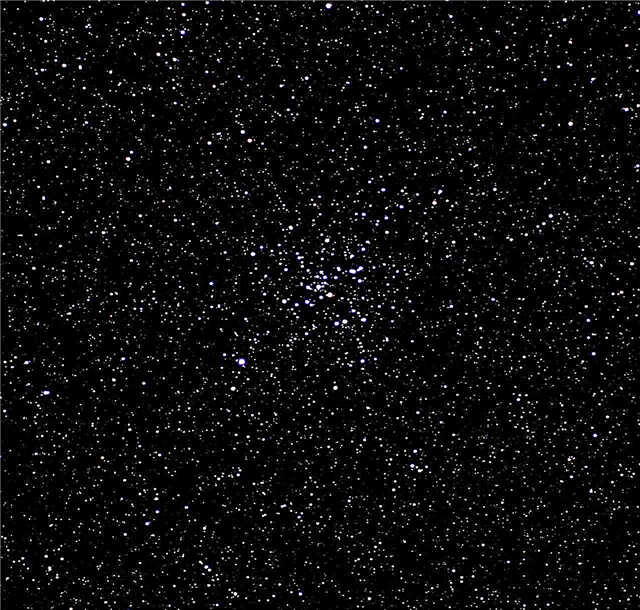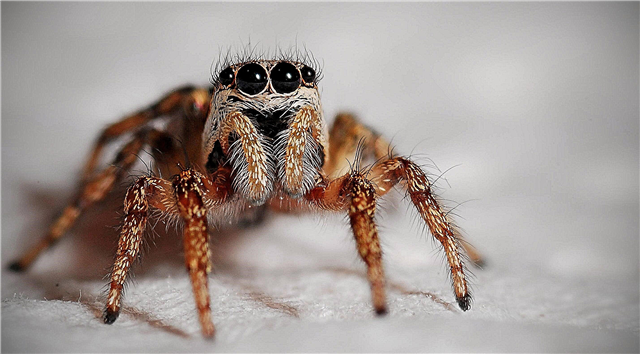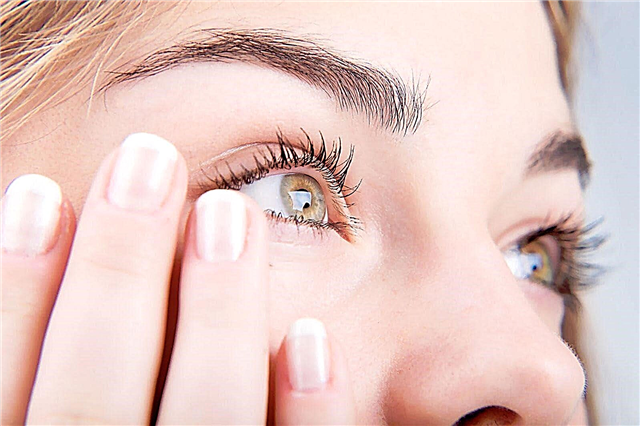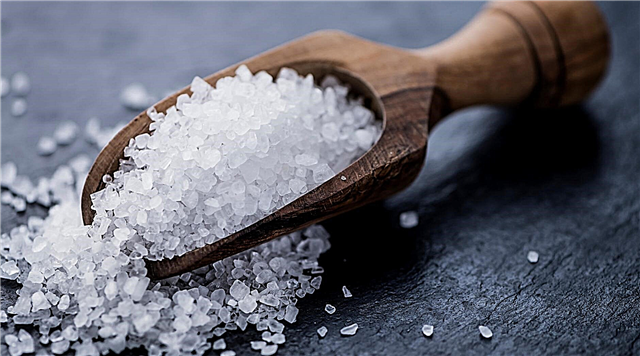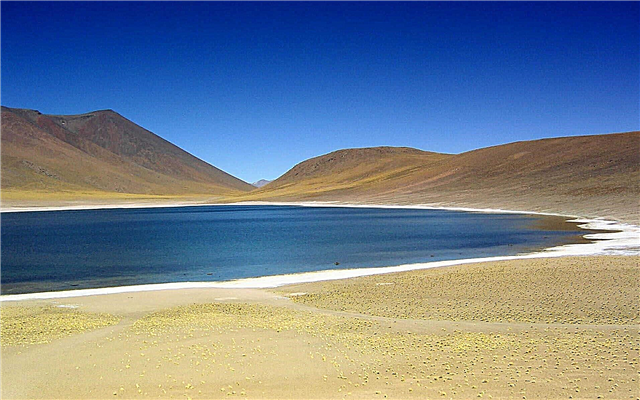
Meadow sea urchin(Spaerechinus granularis)
This is a large sea urchin, growing up to 15 cm. It has two color options: the carapace is always purple, but the needles can be either purple or white.
Carapace slightly flattened from above. It lives in the east of the Atlantic Ocean and in the Mediterranean Sea, as a rule, at a depth of 30 meters, but in open areas it can drop to a hundred. Prefers waves protected from waves, where it settles on rocks covered with algae or gravel bottom. It can also be found at the bottom among the thickets of Poseidonia, forming real sea meadows, where the name of this sea urchin comes from.

To mask the meadow hedgehog often covers itself with pieces of grass and other marine debris, holding them with the help of suction cups located between the needles. He eats algae. He especially likes red coral algae and stems of Poseidonia, and also picks up dead remains of algae.
This hedgehog breeds at any time of the year, but is especially active in spring and early summer. It can be found together with two other species of hedgehogs: a long-needle sea urchin or a hedgehog with a crown (Centrostephanus longispinus) and a purple hedgehog (Paracentrotus lividus). It is prey for prickly and seven-pointed starfish.
Sea urchin with a crown

Due to its small carapace and very long needles reaching 30 cm, the long-needle sea urchin gives the impression of a needle pillow into which hat pins are stuck.His second name, "hedgehog with a crown," arose thanks to all the same needles. There are two subspecies of this animal. One of them is Centrostephanus l. rubricingulus - distributed on the western coast of the Atlantic Ocean, the range of the second is Centrostephanus l. Longispinus is the eastern part of the Atlantic Ocean and the Mediterranean Sea.
The needles of the eastern subspecies are poisonous. They have different lengths, are mobile and are used by the hedgehog for movement. In the eastern subspecies, the carapace can be pale green, fawn or whitish, while the needles are striped purple.
Juveniles of the western subspecies have brown-red spikes on the shell of fawn, while adults have a brown border on light brown spikes or spikes of uniformly dark color. It has been established that this subspecies can change color depending on the time of day, becoming almost black at night and grayish brown during the day.
This species usually lives at a depth of forty to two hundred and ten meters. It is found on algae and dead corals; it is practically absent on living coral thickets. Perhaps because there are no algae, and perhaps because predatory fish eat young individuals. Presumably, this species is omnivorous. Its main food is red algae, but if this food is not available, then the hedgehog can eat small invertebrates. Being very hungry, he can even attack a starfish.
Sea purple hedgehog (Paracentrotus lividus)

It lives on the western coasts of Europe and Africa and in the Mediterranean Sea at a depth of zero to thirty meters. It has a flattened shell of greenish color with a diameter of about seven centimeters with spikes of purple. But other colors from dark brown to olive may come across.It feeds on algae, preferring to live on solid substrates and trying not to wander to the sandy bottom. But sometimes these hedgehogs can be found on a lonely rock growing from a sandy bottom. This species is quite resistant to pollution by organic substances and literally blooms near the outlets of the sewer into the sea.
It is prey for several species of fish, spider crab and spiny sea star. The caviar of the purple hedgehog is edible and is considered a delicacy.
Despite the fact that the hedgehogs themselves do not bite, a non-sterile needle that bites into the body can cause inflammation, so care must be taken when handling hedgehogs.

